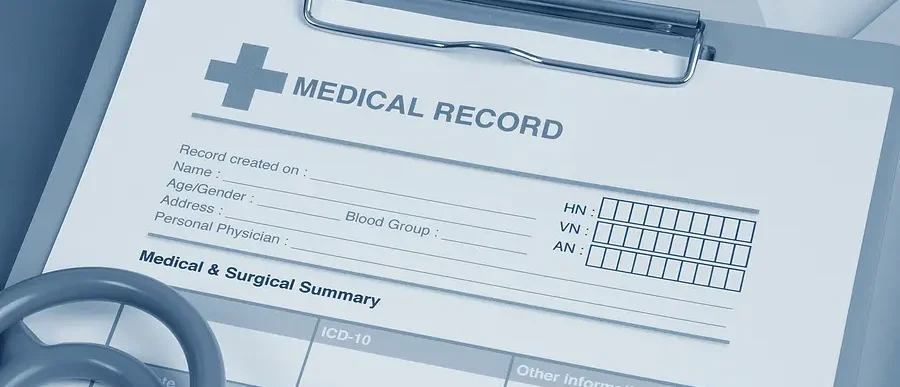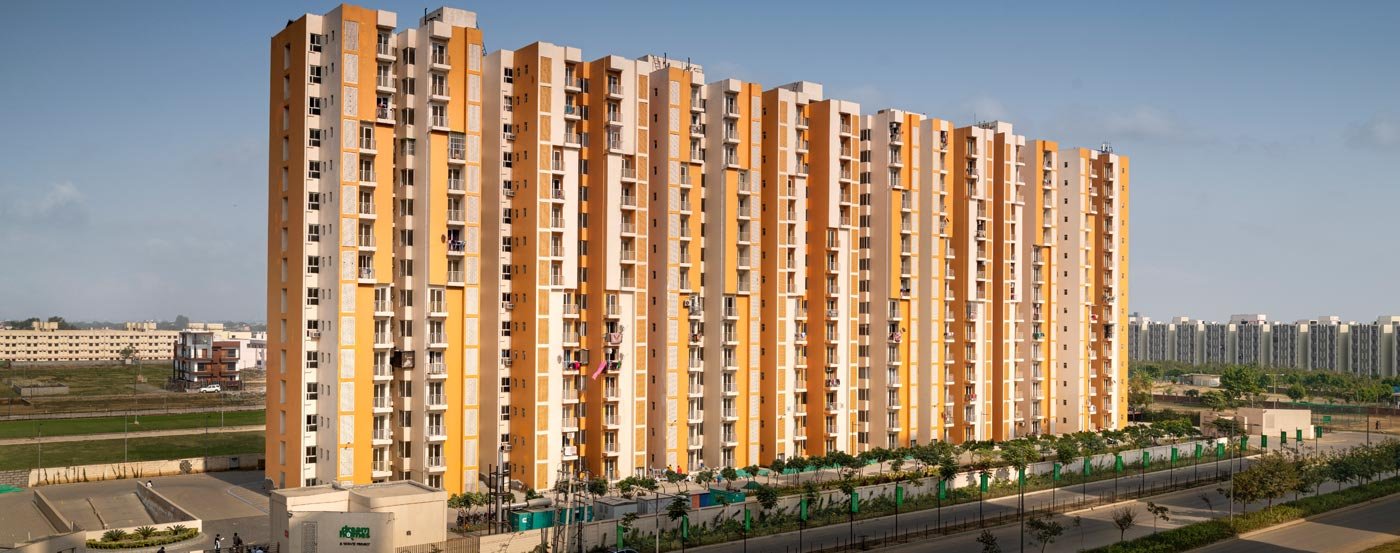There’s something frustrating about pressing the garbage disposal switch and hearing… nothing. Or maybe a low, angry hum. Whether it’s a jammed unit, a mysterious silence, or a backed-up sink, a malfunctioning garbage disposal can throw your kitchen out of sync in an instant.
But before you call a plumber or head to the store for a replacement, consider this: most garbage disposal issues have surprisingly simple fixes. In fact, many of them don’t require a single tool—or even ten minutes of your time.
This guide walks you through the most common causes of garbage disposal failure and gives you practical, no-nonsense solutions to get your sink back in action. With a few smart habits, you can also prevent kitchen sink clogs, which are often the hidden reason disposals stop working in the first place.
Nothing Happens When You Flip the Switch
You turn the disposal on, and it’s dead. No sound, no movement—just silence. This usually points to an electrical issue, not a mechanical one.
First, check if the unit is plugged in (if your disposal uses a plug). If it’s hardwired, check your kitchen’s electrical panel to see if a breaker has tripped. Many disposals also have a reset button underneath—press it firmly and wait a few seconds. If the disposal springs back to life, the issue was likely an overload shutoff.
If that doesn’t solve it, the wall switch could be faulty or the unit itself might have an internal wiring issue. These are rare but possible, especially in older models.
You Hear a Humming Noise But No Grinding
If your garbage disposal hums but doesn’t spin, the blades are likely jammed. This humming means the motor is trying to work but is stuck, often because something is wedged inside the chamber.
Turn the disposal off immediately to avoid burning out the motor. Underneath most disposals is a small hex socket. Insert an Allen wrench (usually 1/4″) and gently rotate it back and forth. This helps dislodge whatever is stuck. If your disposal doesn’t have a socket, use a wooden spoon handle to manually move the blades through the sink opening (with the power OFF, of course).
Once freed, press the reset button, run cold water, and turn it on again. The sound of grinding coming back is pure satisfaction.
It Shuts Off Suddenly During Use
Disposals often overheat when overloaded or used without enough water. When that happens, a thermal safety feature kicks in and shuts it down to prevent damage.
Let it cool down for 10–15 minutes, then press the reset button under the unit. To avoid overheating again, always use cold water when grinding food waste, and don’t feed in too much at once.
This auto shut-off feature is a disposal’s way of saying, “I need a break.” Respecting it adds years to its lifespan.
The Water Drains Slowly or Not at All
Sometimes the disposal works just fine, but your sink drains painfully slow—or backs up entirely. This isn’t a disposal problem; it’s a drainage problem.
Food debris, grease, and soap scum often build up in the pipes under the sink. Remove the P-trap (the curved section under the drain) and inspect for blockages. You might also need to clear the pipe that connects to the wall. Using a sink plunger can sometimes help, but mechanical removal is more effective.
One important habit to adopt? Always run cold water before, during, and after using the disposal to help wash waste through the pipes and prevent kitchen sink clogs from forming in the first place.
Leaking From Under or Around the Disposal
Leaks can show up in several places:
- Top leaks (around the sink flange) may mean the mounting ring or seal has loosened.
- Side leaks (from the dishwasher hose or drainpipe) usually point to a worn-out gasket or loose connection.
- Bottom leaks (from the motor housing) are more serious—this often means the internal seals are gone, and replacement is needed.
You can often fix top or side leaks by tightening connections or replacing rubber seals. But if water is dripping from the base of the unit itself, the safest route is replacing the entire disposal.
Unusual Noises—Rattling, Screeching, or Grinding Sounds
It’s normal for disposals to make some noise—but metal-on-metal screeching or rattling usually means something’s in there that shouldn’t be.
Spoons, bottle caps, or small bones can slip past the splash guard. Turn the unit off and shine a flashlight inside. Use tongs or pliers (never your hand) to retrieve any foreign objects. Once removed, run cold water and restart. If the sound is gone, you’ve solved the issue.
If the noise remains even after cleaning, the internal parts might be loose or damaged—especially in older units.
Real-Life Scenario: A Five-Minute Fix
Anna was preparing for a dinner party when her disposal stopped working. With guests arriving in an hour, panic set in. Instead of calling a plumber, she checked under the sink and noticed the red reset button had popped out. A quick press, and the disposal roared back to life.
Moral of the story? The fix is often much simpler than we imagine. It just takes knowing where to look.
Maintenance Tips to Keep It Running
A garbage disposal doesn’t ask for much—but a little care goes a long way. Here’s how to keep yours in top shape:
- Grind with cold water. It hardens grease, so it gets chopped instead of sticking to pipes.
- Run water for 15 seconds after use to clear the line.
- Avoid dumping grease, coffee grounds, pasta, or fibrous veggies (like celery or corn husks).
- Clean with ice cubes and salt once a month for a fresh grind.
- Use lemon peels or baking soda to eliminate odors.
Most importantly, use it regularly. A disposal that sits unused will rust, corrode, and seize up faster than one that’s kept active.
When Should You Replace It?
If the disposal frequently jams, resets, leaks from the bottom, or just isn’t performing well after years of use, it may be time for a new one.
Look for models with higher horsepower (at least 3/4 HP for families), stainless steel components, and noise insulation. A newer unit won’t just work better—it’ll last longer and be quieter too
Final Thoughts
A non-working garbage disposal can seem like a big problem—but in most cases, the solution is small, simple, and fast. Whether it’s a tripped reset button, a jammed impeller, or a clogged pipe, you can tackle the issue without calling in backup.
By learning a few DIY tricks and making smart maintenance choices, you’ll extend the life of your disposal and keep your kitchen flowing smoothly. So next time it goes silent or snarls, remember: you’ve got this.
















Leave a Reply